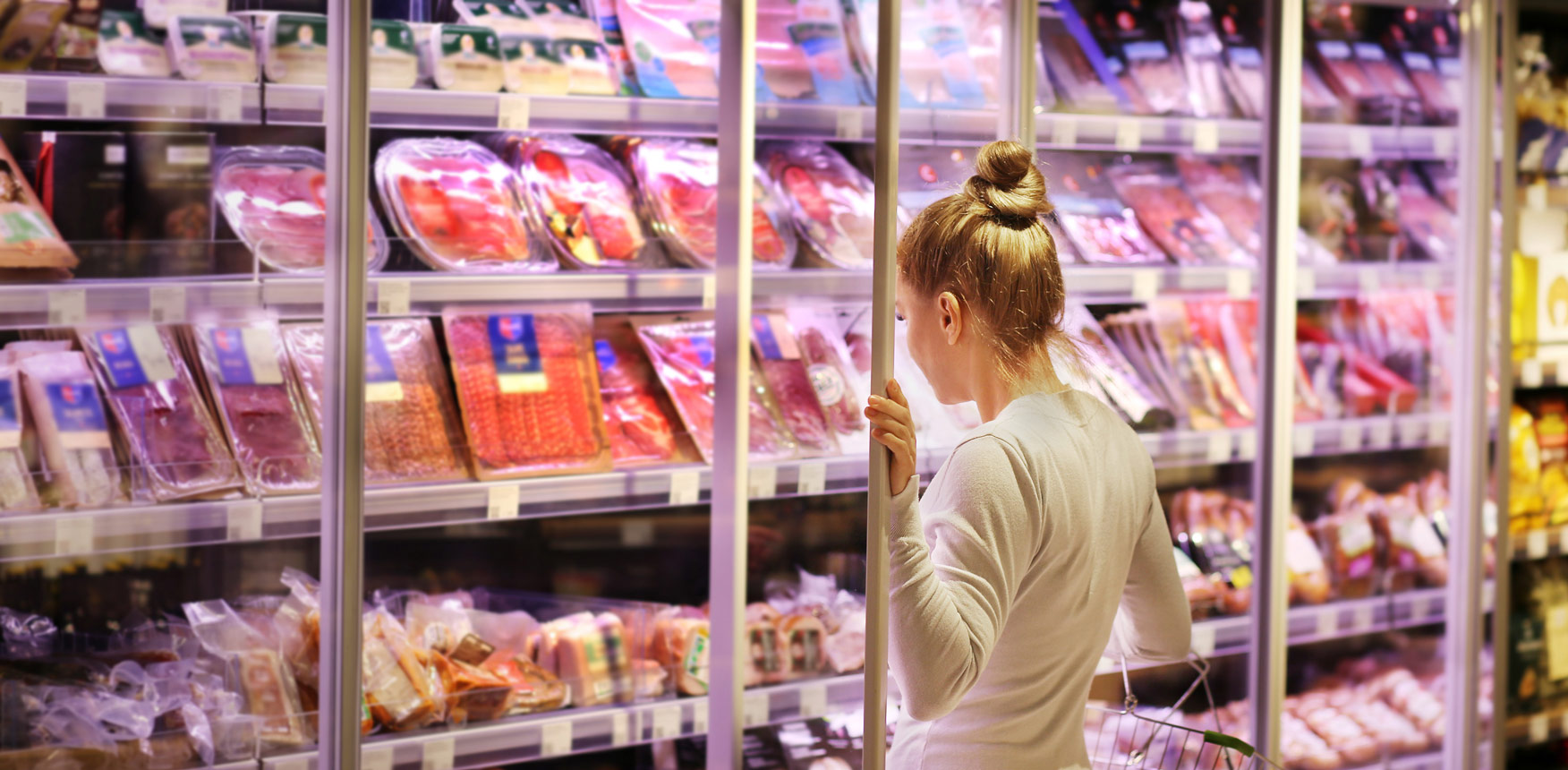The first strategy for weathering the storm as a retailer? Don’t panic. Here’s what you should do instead:
Solidify your goals
Get a firm grasp on how the meat department ladders up to the overall success of the store. Get specific with the decision-makers in your company: What will success look like in this economy? What is the expectation (in pounds and profitability) of your meat department this year? If it’s pure pound growth, evaluate your product mix and optimize your case to sell the high-performers. If it’s dollars, ensure your price delta between commodity and premium programs is in sync, and align other promotions around your ad calendar to maximize trade-up opportunities for your shoppers.
Count on consumers cooking at home…
Cooking at home tends to dip in summer months and rebound in October3 after summer holidays and travel subside into a more normal routine. On top of that, “consumers were forced to cook at home during the pandemic, and now will continue cooking at home because of the aftermath and the economy,” noted Patrick Fleming, fresh meats brand specialist for Tyson Foods. Over 30% of Americans plan to cook more at home,4 which could be due to disappointing restaurant experiences – from waitstaff shortages to limited menu offerings.
This means you may be able to capture or re-capture some additional meals with shoppers each week.
…But don’t sacrifice dollar sales for volume sales
Just because consumers are cooking at home and watching their budgets doesn’t mean they’re walking away from quality products. Anne-Marie Roerink, of 210 Analytics LLC, recently shared that the latest reports don’t necessarily signal that “[the outlook on inflation and recession] equates to a race to the bottom.”3 In fact, premiumization trends have continued through uncertain markets and COVID-19. Consumers will make sacrifices in other areas and be brand loyal to your meat department if you can continue to show value and quality.
Keep multiple quality tiers in your beef and pork categories so people can trade up or down without walking away from those categories altogether. Remember that all consumers have a breaking point with value, meaning that if you have commodity priced too low below your premium tier, you’ll lose otherwise-premium shoppers because they can’t turn down the “good deal” feeling of super discounted commodity. Work with your marketing department to run trade-up incentives, and make sure you run the same cut in your weekly ad at the same time to maximize the opportunities to capture both dollars and volume for those that can afford it.
Provide (many) convenient solutions
This fall, consumers are going to feel the strain of back-to-school routines and activities in addition to wallet woes. The time to get merchandising right is now. And Convenience is King when life gets busy. Consider coffin coolers with full-meal solutions – protein, vegetable, seasoning and recipe. Also consider convenient packaging for freezer-ready meat and better portion sizes for weeknight meals. Don’t assume shoppers know how to prepare various cuts or understand the different benefits of packaging type – provide tips and tricks where possible.
Lean into brand partnerships
Packers and manufacturers have an incentive to keep your shoppers happy – if you win, they win. And frequently, they have funds set aside each year to support retail partners through a variety of tactics: click & collect support, loyalty card activations, cross-merchandising opportunities and geotargeted advertising, to name a few. The key is bringing your brand partners in early and helping them make a connection to your marketing team in addition to the meat department. It also helps to share your goals and high-level sales information. Seem scary? Most will sign a non-disclosure agreement, but it helps them funnel funds to tactics that push the most dollars or volume within your shopper base, increasing the likelihood that they continue to fund support for your meat case.
Despite inflation and recession fears, there are still plenty of opportunities to connect with consumers and keep meat on the plate as back-to-school season starts.
2 US Retail Gas Price (ycharts.com)
3 IRI, How the Top Trends are Evolving in 2022, March 2022
4 IRI, What’s Cooking Now With Consumers, July 2022
